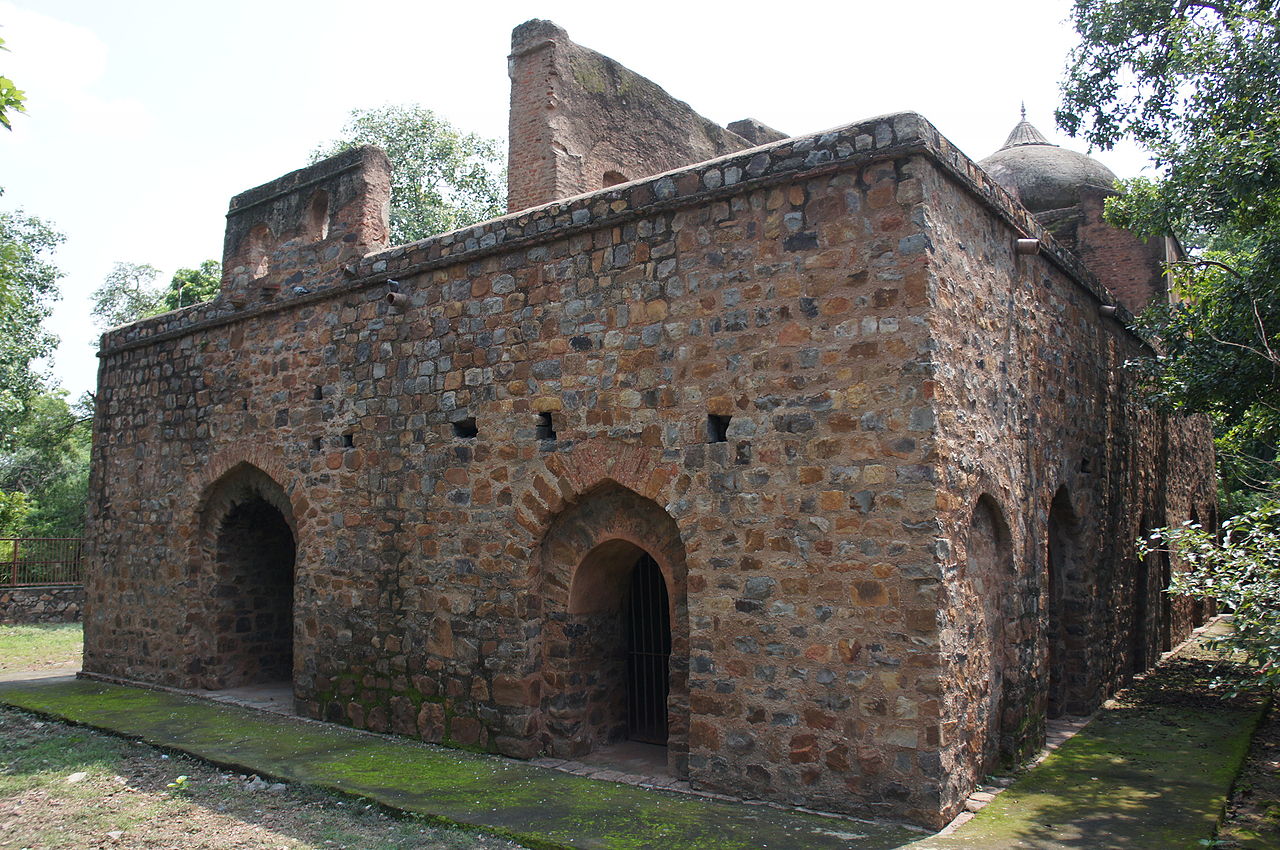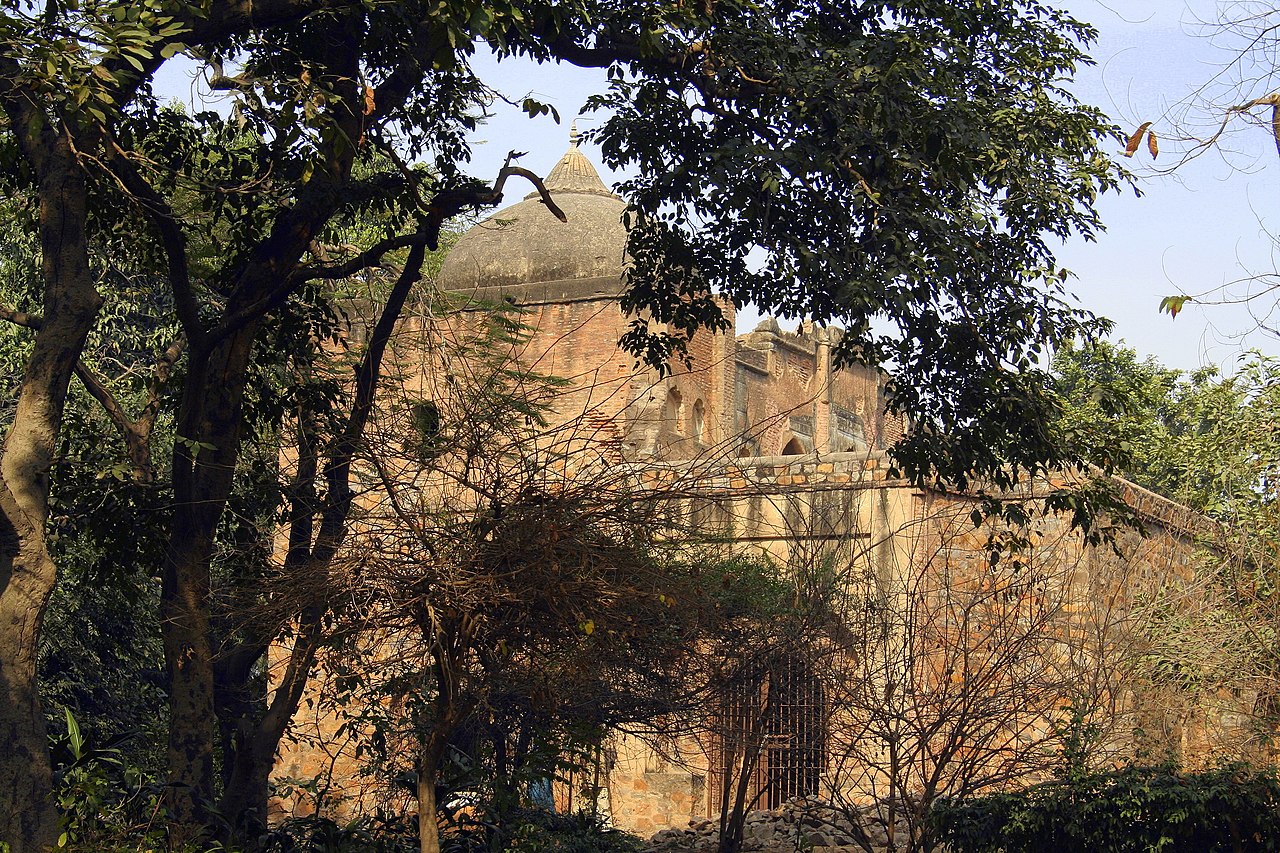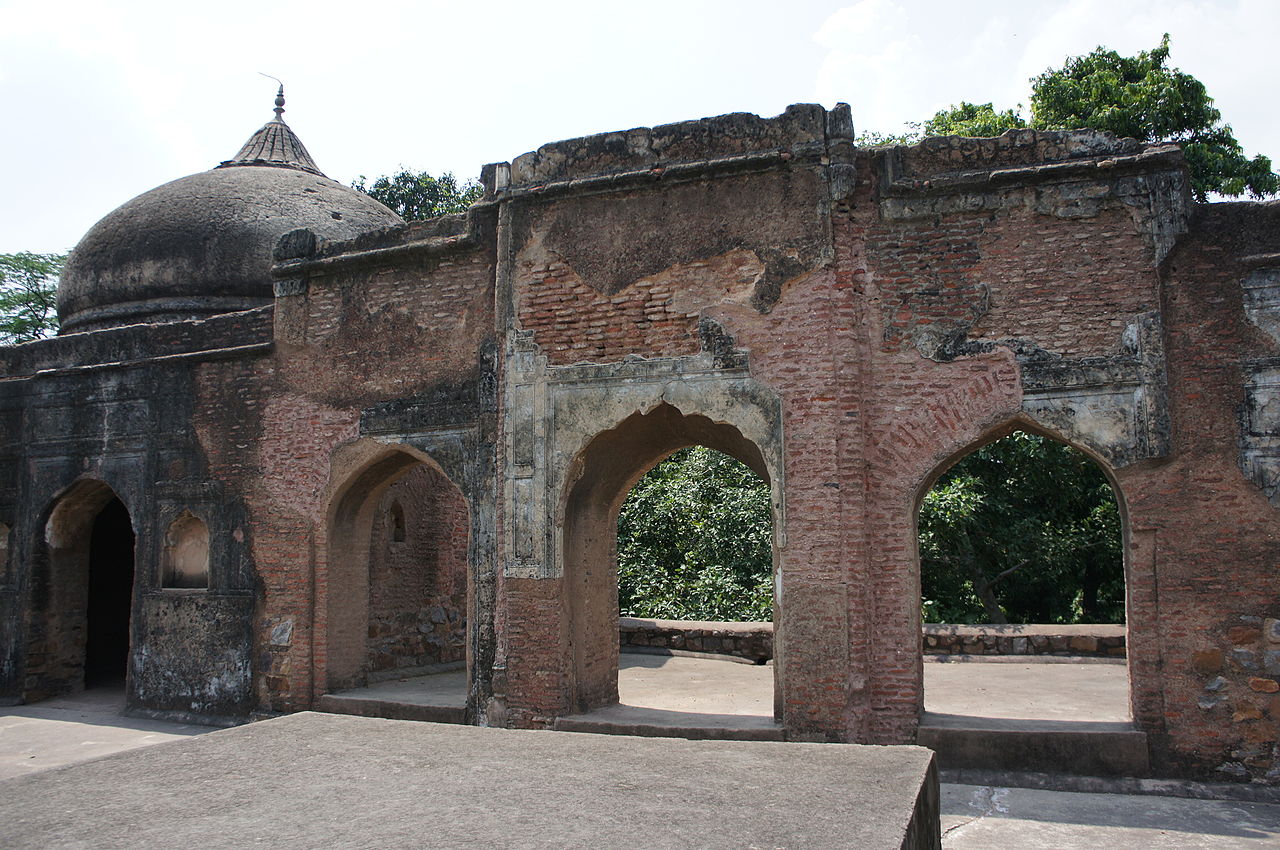


Chauburji (or Chauburja) is an ancient Mughal structure located on Kamla Nehru Ridge in the Civil Lines area of Delhi. This name, Chauburji, meaning "Four Towers," refers to its distinctive four-towered design, though only traces of these towers remain today. The monument dates back to the early Mughal period, around the 17th century, and its exact purpose and builder are not clearly recorded, though it is believed to have served as a pavilion, guardhouse, or gateway. Kamla Nehru Ridge, part of the Northern Ridge in Delhi, is a historical area that holds many monuments from different periods, including remnants of the Tughlaq and Mughal eras, as well as relics from the British colonial period. Originally a dense forest, the ridge was strategically significant due to its elevated position, especially during the Indian Rebellion of 1857, when British forces used it as a defensive post against Indian freedom fighters. Over time, the ridge became a preserved green space and a site for monuments and historical structures, including Chauburji. Chauburji itself is modest in size and shows typical Mughal architectural elements, such as arches and dome remnants, though much of it is now in ruins. The structure’s remains give a glimpse into the architectural styles and defensive strategies of Mughal architecture. Today, Chauburji and other structures on Kamla Nehru Ridge serve as reminders of Delhi’s layered history, attracting visitors interested in the city’s rich architectural and colonial past.